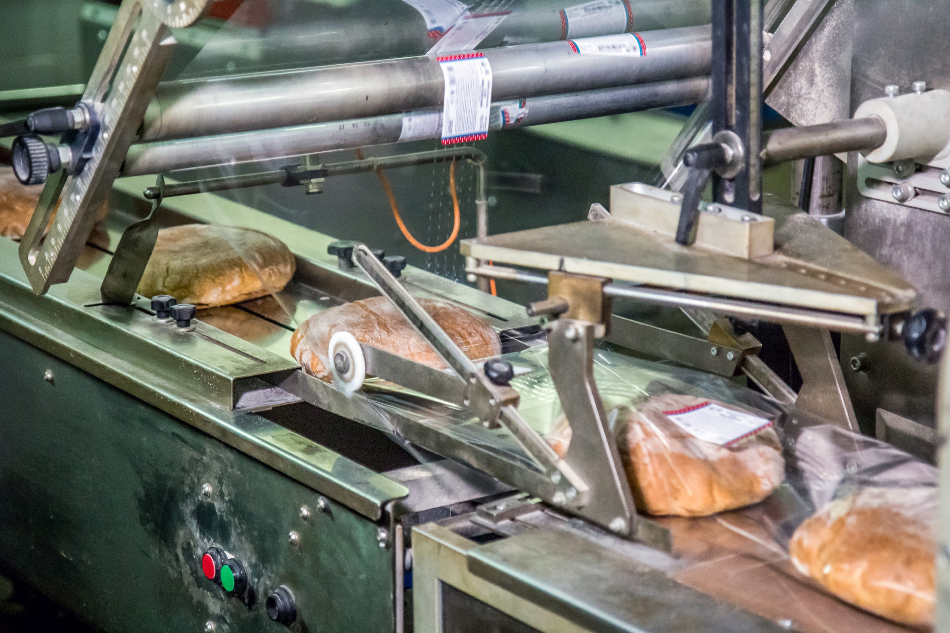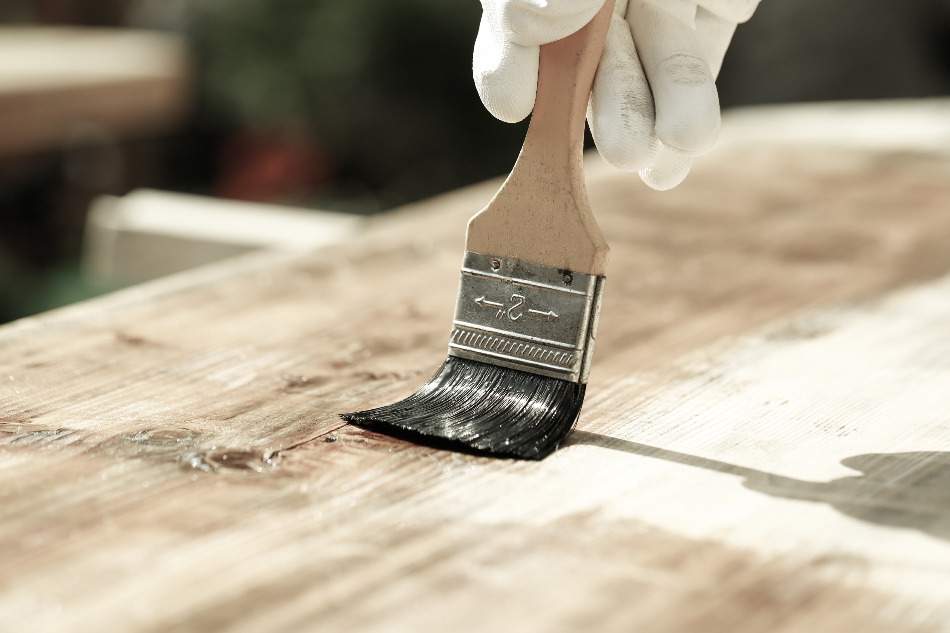Sep 3 2009
Updated on 15 January 2020 by Stephen Edgar
Nanomaterials have been in consumer products for years and are finding their way into many more. Manufacturers derive huge benefits by introducing small amounts of nanomaterials into their products. Introducing nanomaterials can enhance existing properties, for example making them stronger, more electrically conductive or thermally efficient.
Additionally, using them can give rise to entirely new properties. Titanium oxide has been used for decades in sunscreen and at larger sizes. The material is white but at the nanoscale, it becomes transparent and can be used as a transparent protective coating.
Key benefits from nanotechnology can be seen in materials such as:
• Adhesives, industrial and direct tissue surgical adhesives have benefitted
• Lubricants, Graphene flakes have excellent thermo-physical and tribological properties
• Abrasives
• Food packaging
• Manufactured devices, Television screens, mobile phones and laptops
• Surface treatments, making things non-stick or resistant to staining
• Architectural surfaces, self-cleaning coating, and antimicrobial surfaces
• Glasses, anti-scratch, and tinted coatings
Adhesives, Lubricants, and Abrasives
The field of industrial materials - often complex particles dispersed in polymers or other solvents - is an important area of nanotechnology development. In international markets, companies like NanoGate are leading the way in designing and producing fluids and waxes with enhanced properties, derived from nanoscale additives. Nanotechnology makes a large impact on these products, which typically involve small amounts of a specialty product, that has a much larger impact on a manufacturing or operating system.
The interfacial phenomenon of adhesion, lubrication, and abrasion can be incorporated into materials systems using nanoparticle properties. Silica nanoparticles have been proposed to create a patient‐friendly adhesive for biological tissue, delivering benefits to medical and surgical practices such as bleeding control and organ repairing.
Other examples include nanoparticle cross-linking agents in adhesives, hard abrasive nanoparticles for fine polishing of engineering surfaces, and spherical nanoparticles such as molybdenum sulfide for lubricating surfaces. Increasingly Graphene is being researched as an exciting addition to nano-tribology.
Food Packaging
The freshness of foodstuffs and the contamination of packaged foods with allergens such as nuts and wheat are a topic of increasing public concern.
The use of nanotechnology in food packaging can offer several advantages to overcome these issues, either by using advanced materials to lengthen the shelf life or “smart” packaging which can detect when specific substances are present.
A nanocomposite coating process can improve food packaging by integrating anti-microbial agents directly onto the packaging material, increasing or decreasing gas permeability. They can also improve the mechanical and heat-resistance properties, lowering the oxygen transmission rate. However, it is important to make consumers aware of any nanotechnology-based packaging to enable them to make an informed decision when purchasing foods and beverages.

Image Credit: Alex Marakhovets/Shutterstock.com
Surface Treatments
The properties of Nanoscale materials are most evident only on the surfaces of bulk materials. The opportunity for the development of new surface properties for familiar materials is an exciting area for nanotechnology firms. Local and international companies are developing surface treatments that enhance and exploit surface properties by exploiting nanoscale features. Laser, plasma, and chemical treatments are particularly important in this regard.
As material properties relate to the surface of a material rather than the bulk material, it is possible to modify performance with a coating system. Nanoparticle coatings can often make use of the transparent nature of nanoparticles to incorporate an engineering property to the material without altering its appearance.
Nanotechnology coatings enable the modification of polymeric, metallic, and ceramic materials that impart properties such as electrical conductivity, scratch and wear resistance, crazing resistance, environmental durability improvements, adhesion enhancement, change in refractive index, and many more.

Image Credit: Zlikovec/Shutterstock.com
Glass
A thin coating of nanomaterial on glass can provide many advantages. The amount of light and heat that transmits through the glass can be controlled, allowing only light while cutting-off heat, thus helping in energy saving. The glass can also have different UV absorption properties, vary or add tint and can even be self-cleaning.
Related Stories
Biodegradable Plastic Produced Using Nanotechnology
Nanotechnology: The Risks and Rewards
Nanotechnology and Developing Countries - Part 2: What Realities?
This content was provided by NanoVic (Nanotechnology Victoria)
Copyright Nanotechnology Victoria, AZoNano.com